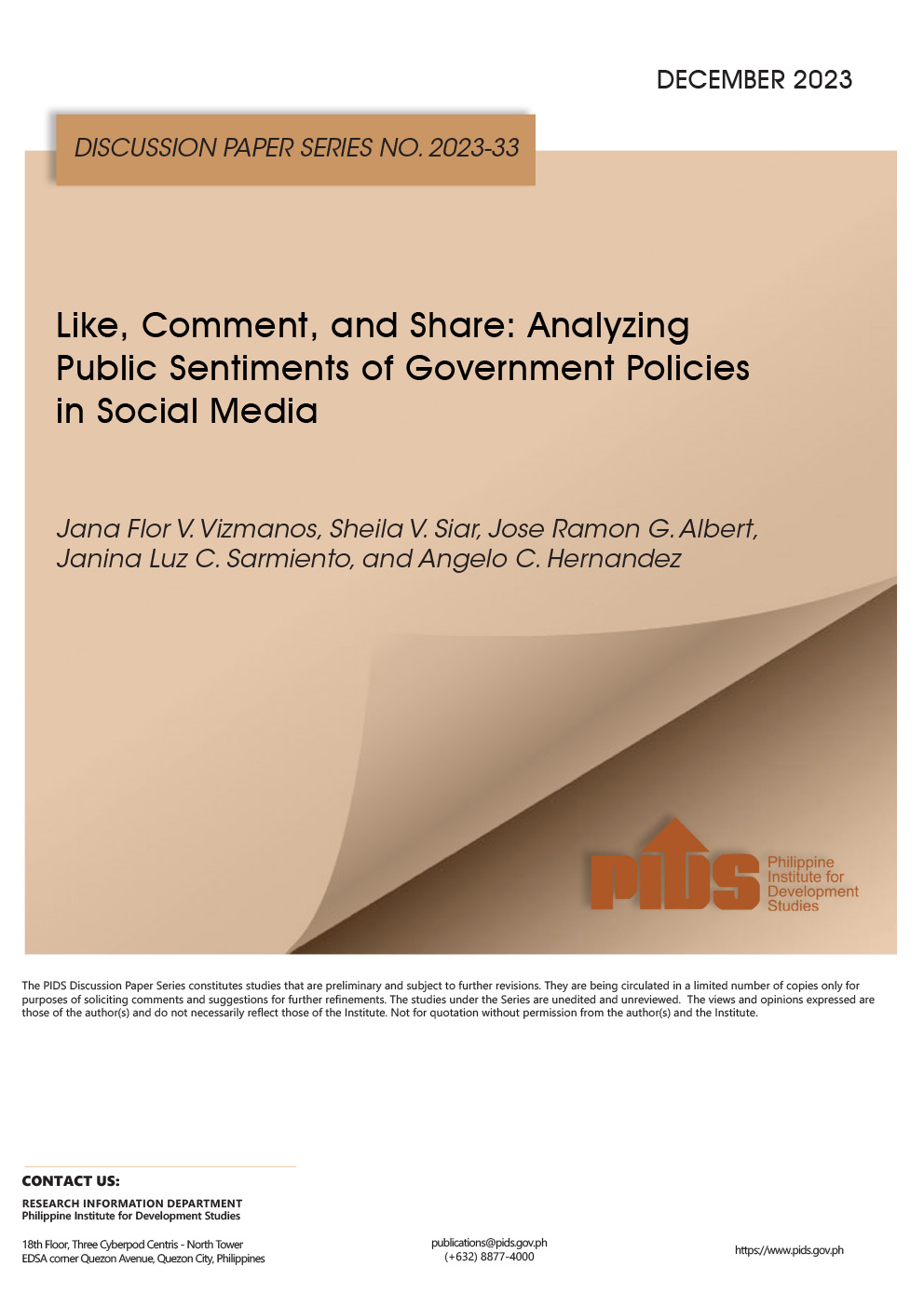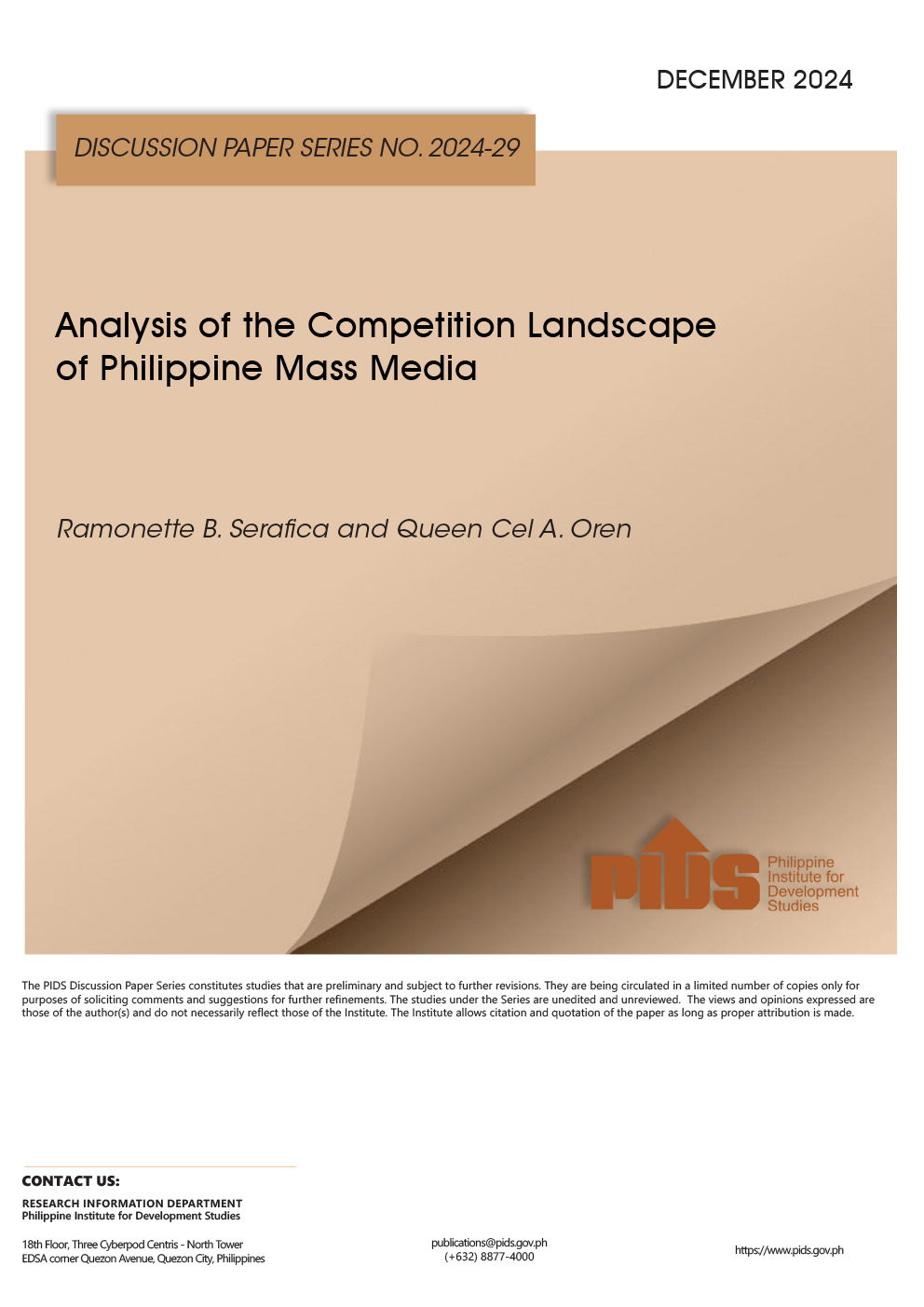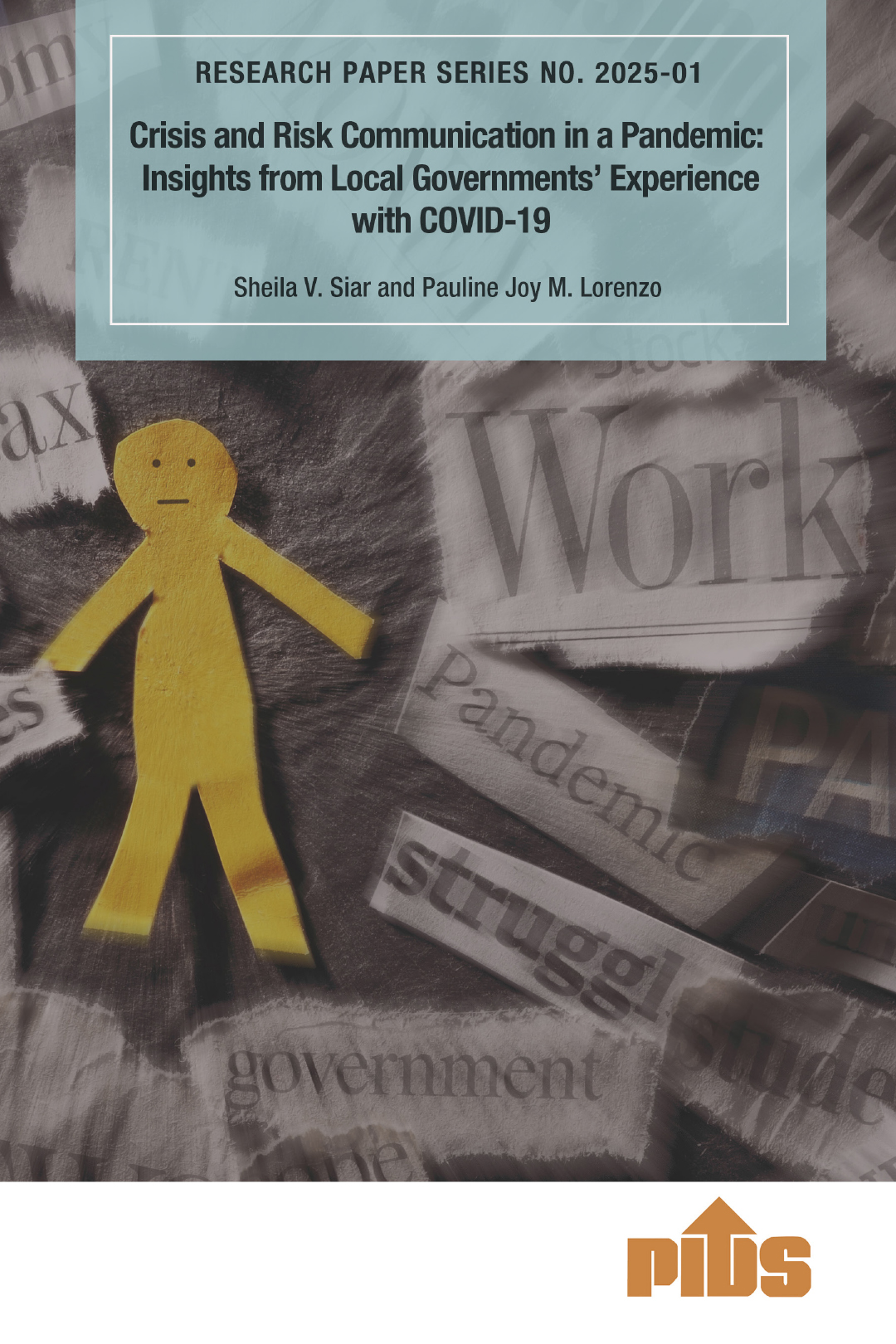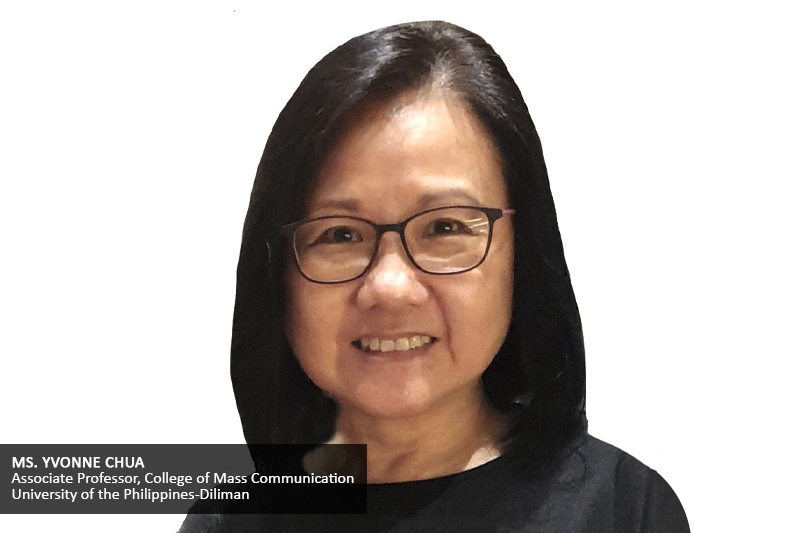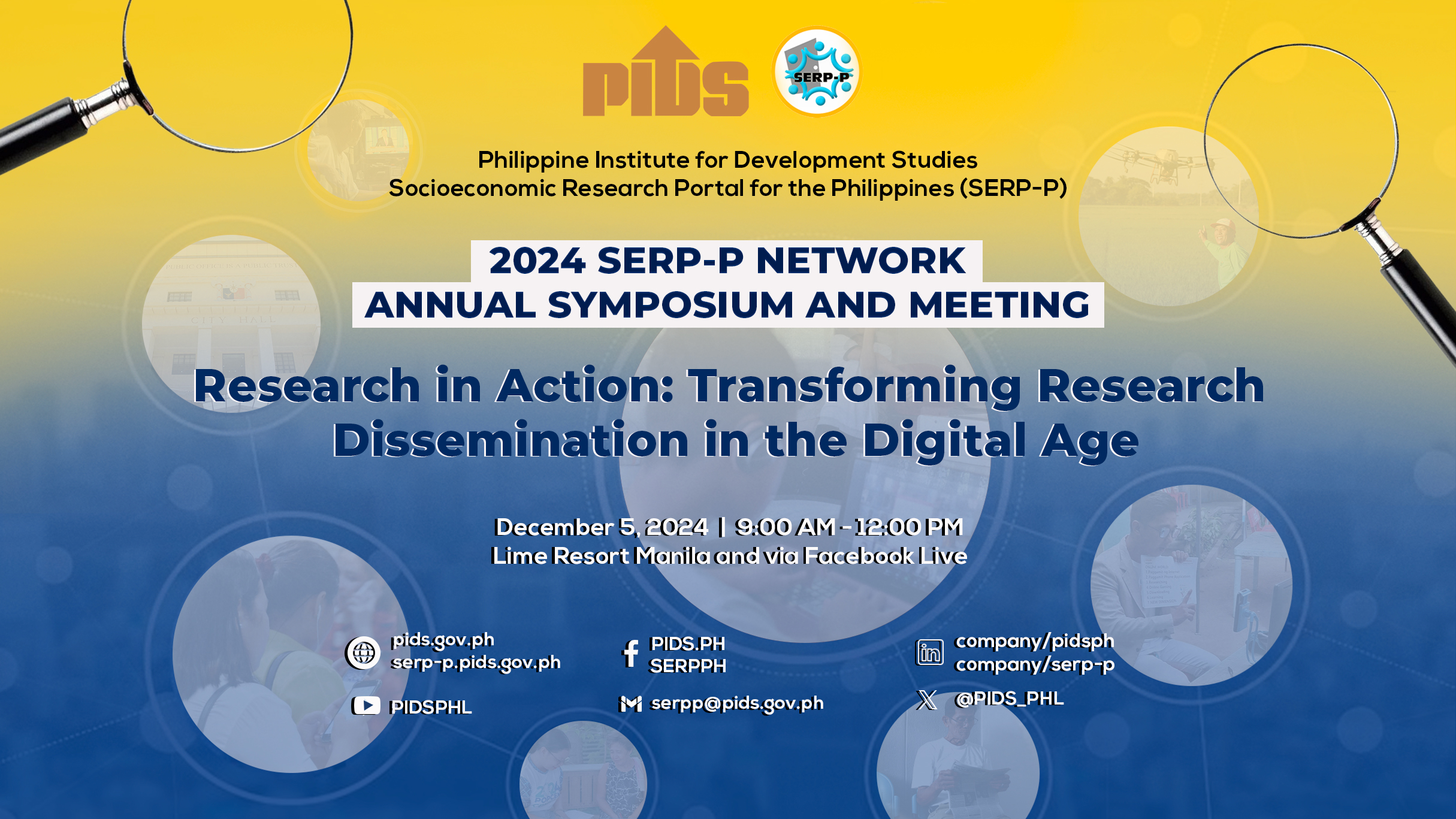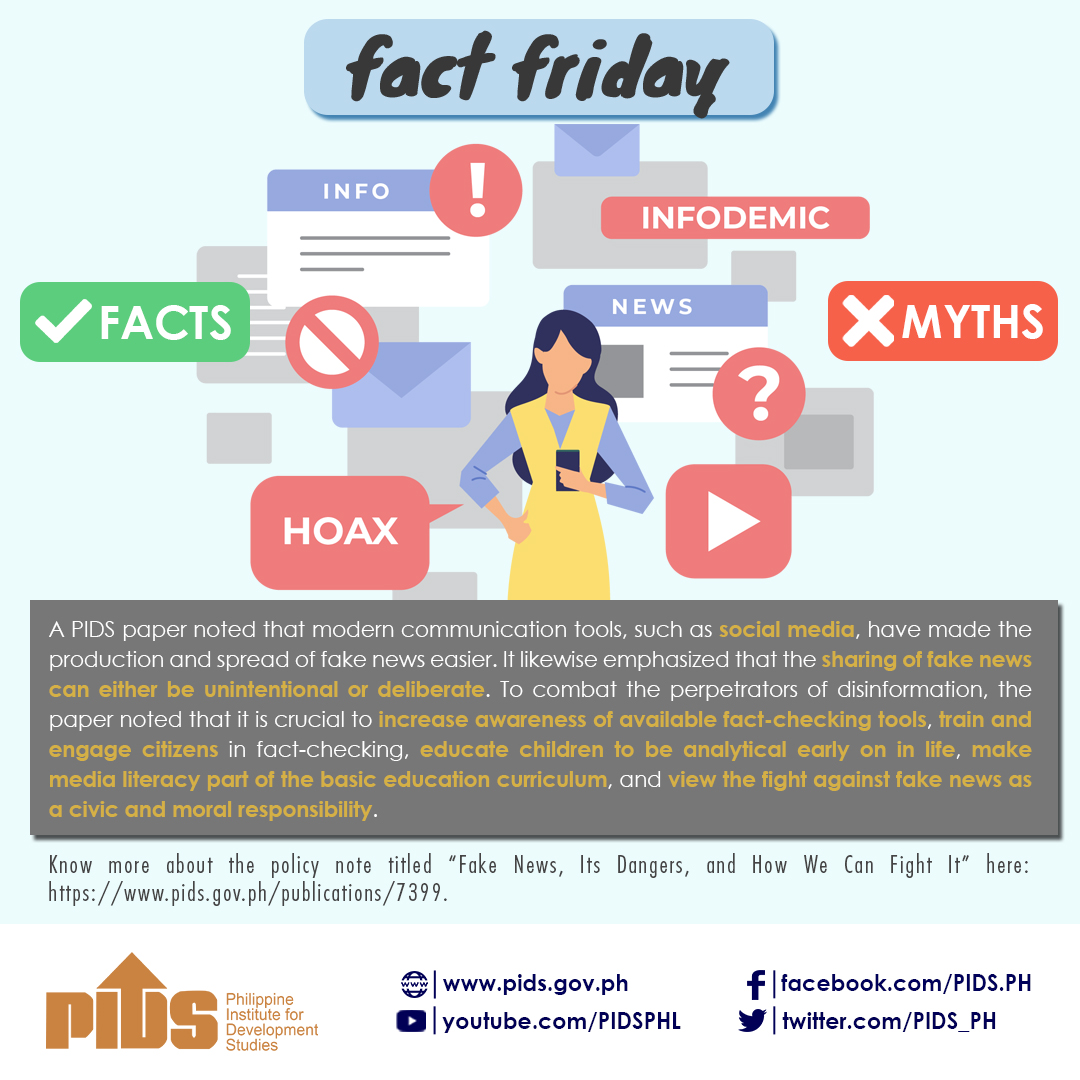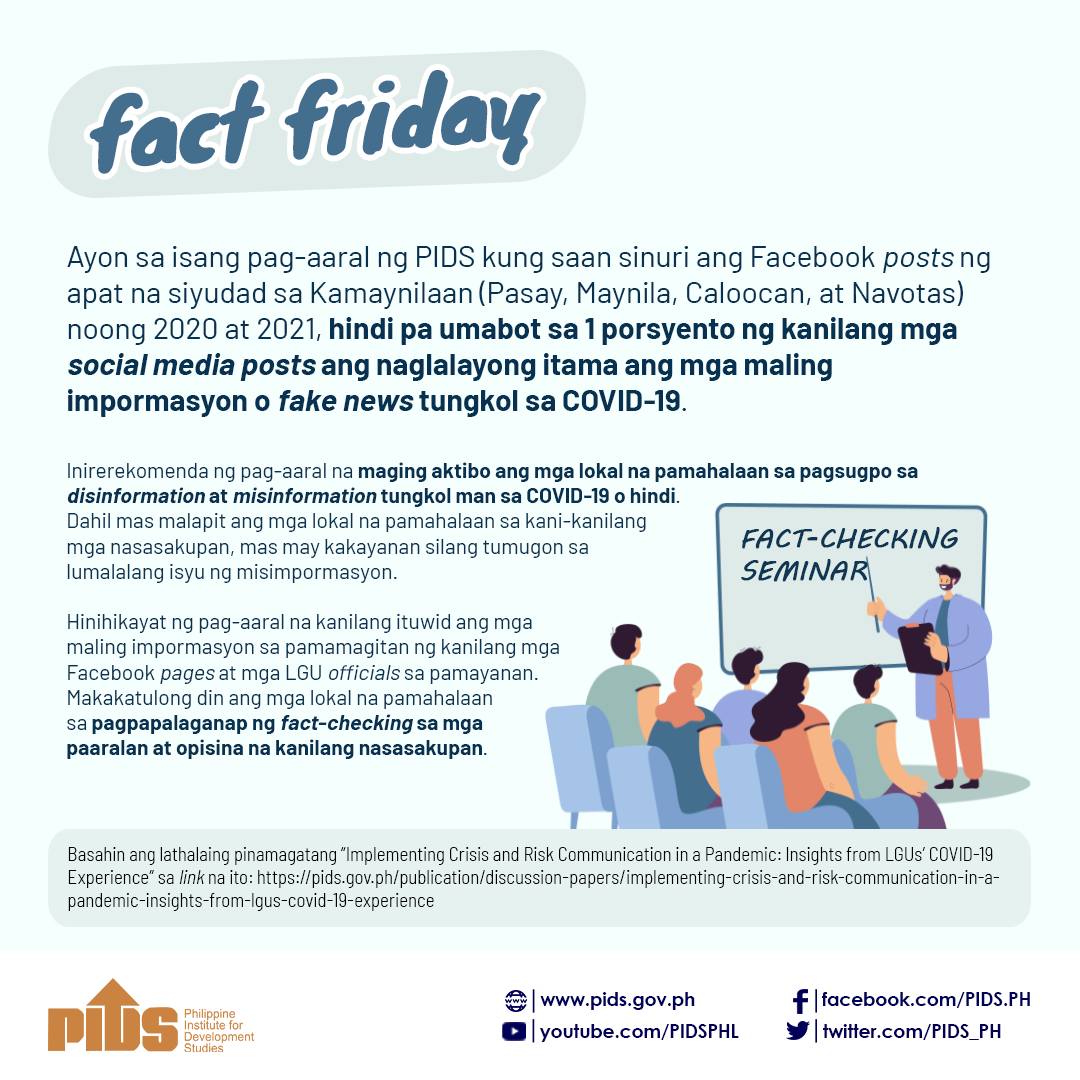
The public should pay attention to particular trends in digital disinformation.
Jason Vincent Cabañes, a professor in communication at De La Salle University and chair of the International Communication Association’s Ethnicity and Race in Communication Division, emphasized this at a webinar recently organized by state think tank Philippine Institute for Development Studies (PIDS). The webinar is part of the Sixth Biennial Meeting of the Socioeconomic Research Portal for the Philippines (SERP-P) Network hosted by the Institute. SERP-P is an online knowledge resource of socioeconomic studies produced by PIDS and more than 50 member-institutions comprising the SERP-P Network.
Cabañes, who was recognized as 2021 Outstanding Young Scientist by the National Academy of Science and Technology in communication studies, said that some of the trends in digital disinformation include the democratization of disinformation, proliferation of digital underground work of online workers, and increasing centrality of micromedia manipulation.
He said some of these trends are “very distinct” in the Philippine context because a huge part of information production is anchored on the creative and digital industries.
“It is a hyperextension of techniques that have been developed in [advertising] and [public relations]. [This is] the kind of work and thinking that predominates [the country’s] digital industries. [This is] because the politics that we have is very image-oriented. It is really all about branding,” he explained.
The associate editor of the top-tier journal Communication, Culture & Critique also noted that digital disinformation should be understood as connected to our imagination, not just as information, per se.
“Disinformation is not just about clear-cut truths and lies, but it is about how these digital disinformation producers couch their claims in particular social narratives…What makes [their] content powerful is [its] ability to connect to these so-called ‘deep stories’ or the shared narratives [of people] that shaped their views of the political world,” Cabañes said.
According to Cabañes, there are two profit-driven models on disinformation production—the advertising (Ad) and public relations (PR) model and the clickbait model.
In the Ad and PR model, there is a network hierarchy consisting of individuals who work on a campaign-to-campaign basis. At the top of this hierarchy are the ‘chief architects’ who identify ‘deep stories’ of people and craft campaigns that connect to these stories. At the middle level of the hierarchy are the ‘anonymous digital influencers’ whose main role is to translate the concept of the chief architects into the language of ordinary Filipinos to connect with the people. Next in line are the ‘community-level fake account operators’ who amplify the content provided by digital influencers.
According to Cabañes, these are paid individuals who amplify digital disinformation for various reasons, including career and financial security, normalization (which means everyone already does the “fudging of the truth”), or boredom with corporate marketing, thus waiting to see if they can apply Ad and PR techniques to politics.
Meanwhile, the clickbait model makes technopreneurs earn money from content that is reliant on algorithms. They search for the most viral content that will get the highest number of engagements, which consequently generate the highest revenue online.
“What is problematic [about this] is the kind of content that people engage [with in social media], which is very pernicious. They are racist, misogynist, toxic, vitriolic, etc., across the political spectrum. They are the ones that the algorithms also tend to push forward because of the profit motive that technopreneurs have,” he explained.
Finally, Cabañes said that digital disinformation is not only a technological problem but also a social problem so the solution should also be social. ###
You may watch the webinar at https://www.facebook.com/126427974049519/videos/340472834300008. For more videos of PIDS events, go to https://www.pids.gov.ph/videos.
Jason Vincent Cabañes, a professor in communication at De La Salle University and chair of the International Communication Association’s Ethnicity and Race in Communication Division, emphasized this at a webinar recently organized by state think tank Philippine Institute for Development Studies (PIDS). The webinar is part of the Sixth Biennial Meeting of the Socioeconomic Research Portal for the Philippines (SERP-P) Network hosted by the Institute. SERP-P is an online knowledge resource of socioeconomic studies produced by PIDS and more than 50 member-institutions comprising the SERP-P Network.
Cabañes, who was recognized as 2021 Outstanding Young Scientist by the National Academy of Science and Technology in communication studies, said that some of the trends in digital disinformation include the democratization of disinformation, proliferation of digital underground work of online workers, and increasing centrality of micromedia manipulation.
He said some of these trends are “very distinct” in the Philippine context because a huge part of information production is anchored on the creative and digital industries.
“It is a hyperextension of techniques that have been developed in [advertising] and [public relations]. [This is] the kind of work and thinking that predominates [the country’s] digital industries. [This is] because the politics that we have is very image-oriented. It is really all about branding,” he explained.
The associate editor of the top-tier journal Communication, Culture & Critique also noted that digital disinformation should be understood as connected to our imagination, not just as information, per se.
“Disinformation is not just about clear-cut truths and lies, but it is about how these digital disinformation producers couch their claims in particular social narratives…What makes [their] content powerful is [its] ability to connect to these so-called ‘deep stories’ or the shared narratives [of people] that shaped their views of the political world,” Cabañes said.
According to Cabañes, there are two profit-driven models on disinformation production—the advertising (Ad) and public relations (PR) model and the clickbait model.
In the Ad and PR model, there is a network hierarchy consisting of individuals who work on a campaign-to-campaign basis. At the top of this hierarchy are the ‘chief architects’ who identify ‘deep stories’ of people and craft campaigns that connect to these stories. At the middle level of the hierarchy are the ‘anonymous digital influencers’ whose main role is to translate the concept of the chief architects into the language of ordinary Filipinos to connect with the people. Next in line are the ‘community-level fake account operators’ who amplify the content provided by digital influencers.
According to Cabañes, these are paid individuals who amplify digital disinformation for various reasons, including career and financial security, normalization (which means everyone already does the “fudging of the truth”), or boredom with corporate marketing, thus waiting to see if they can apply Ad and PR techniques to politics.
Meanwhile, the clickbait model makes technopreneurs earn money from content that is reliant on algorithms. They search for the most viral content that will get the highest number of engagements, which consequently generate the highest revenue online.
“What is problematic [about this] is the kind of content that people engage [with in social media], which is very pernicious. They are racist, misogynist, toxic, vitriolic, etc., across the political spectrum. They are the ones that the algorithms also tend to push forward because of the profit motive that technopreneurs have,” he explained.
Finally, Cabañes said that digital disinformation is not only a technological problem but also a social problem so the solution should also be social. ###
You may watch the webinar at https://www.facebook.com/126427974049519/videos/340472834300008. For more videos of PIDS events, go to https://www.pids.gov.ph/videos.

